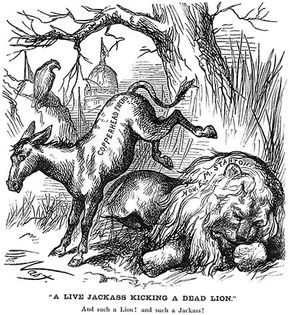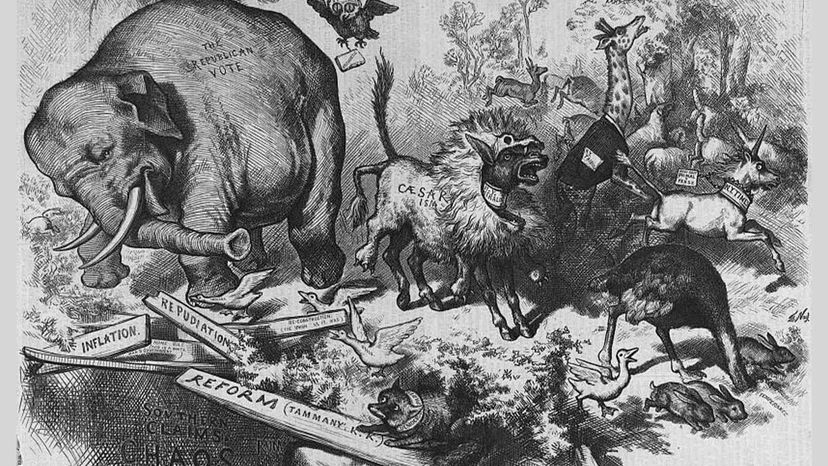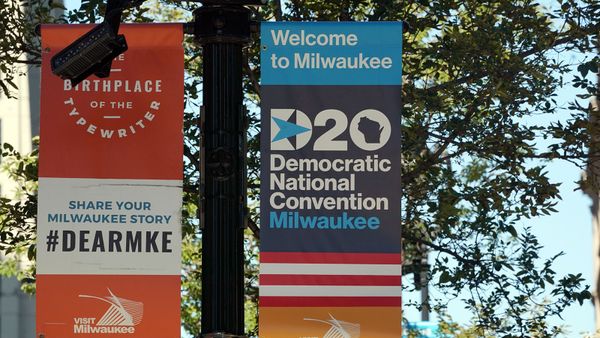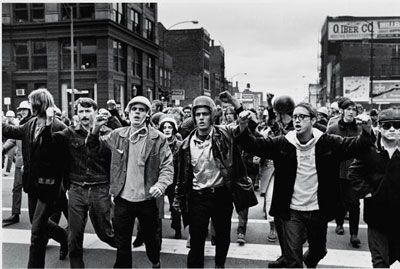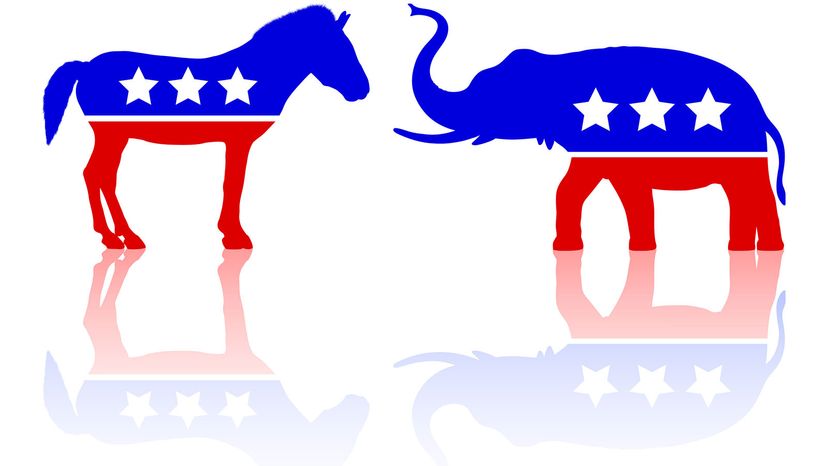
When the Democratic Party gathered for its 2008 convention in Denver, Colorado, a live donkey named Mordecai was there to serve as the first official live mascot in the history of the Democratic Party. The "official 'asscot," as his owner Curtis Imrie called him, didn't deliver a memorable address to the party like Barack Obama did. But his presence provided a light-hearted moment at the Democratic National Convention (DNC).
The Republican Party, however, has never had a live elephant at one of its conventions. But a donkey being at the 2008 DNC raises a question. Where did these two symbols come from? Why do the Democrats choose to affiliate themselves with an oft-ridiculed member of the horse family? And how did the Republicans come to be represented by an ivory-tusked pachyderm?
Advertisement
The origins of these two iconic political symbols were created by noted German-born political cartoonist Thomas Nast, whose drawings also helped create modern images of Uncle Sam and Santa Claus. Nast moved to New York City when he was 6 years old and displayed artistic ability at an early age.
Nast joined the staff of Harper's Weekly in 1862. By the time he left in 1886, he had not only stamped the elephant and donkey as political party symbols, he'd also become one of the most influential cartoonists in American history. By the time he used the donkey as a Democratic Party symbol, Nast was already a household name. He had ascended to fame with cartoons that confronted the Civil War, Reconstruction, immigration and the Tammany Hall political machine, eventually helping bring down the Boss Tweed ring.
Advertisement
